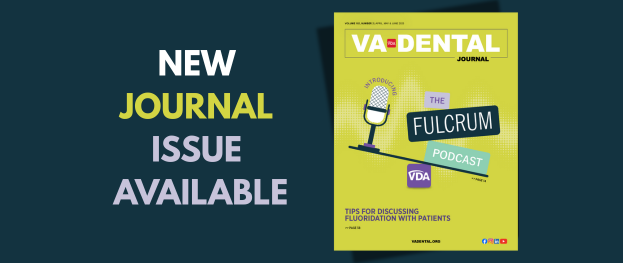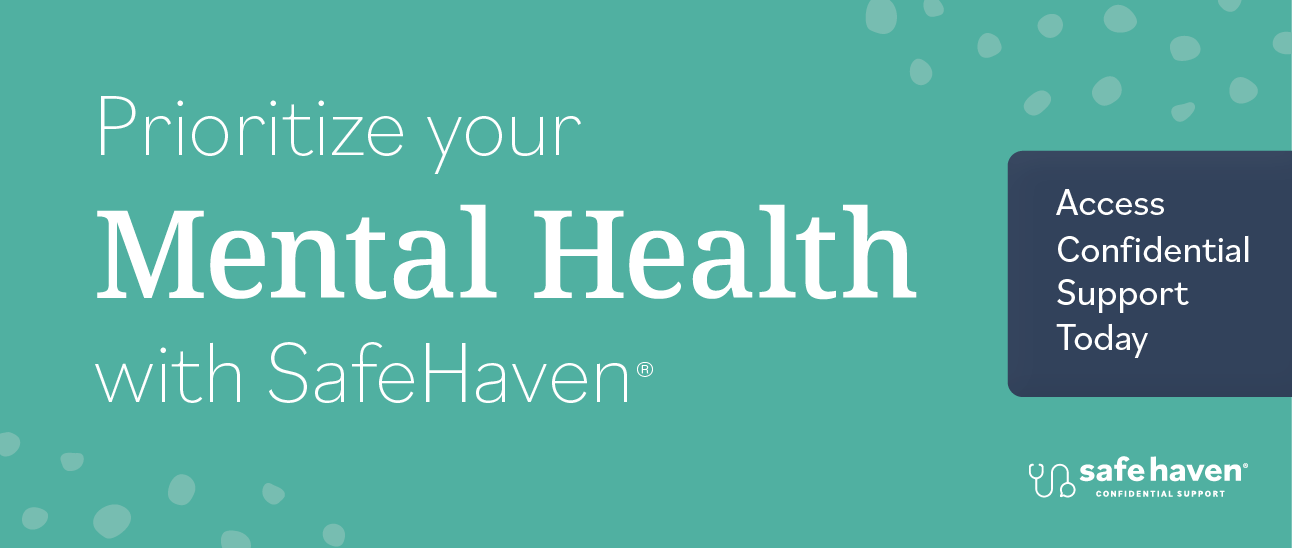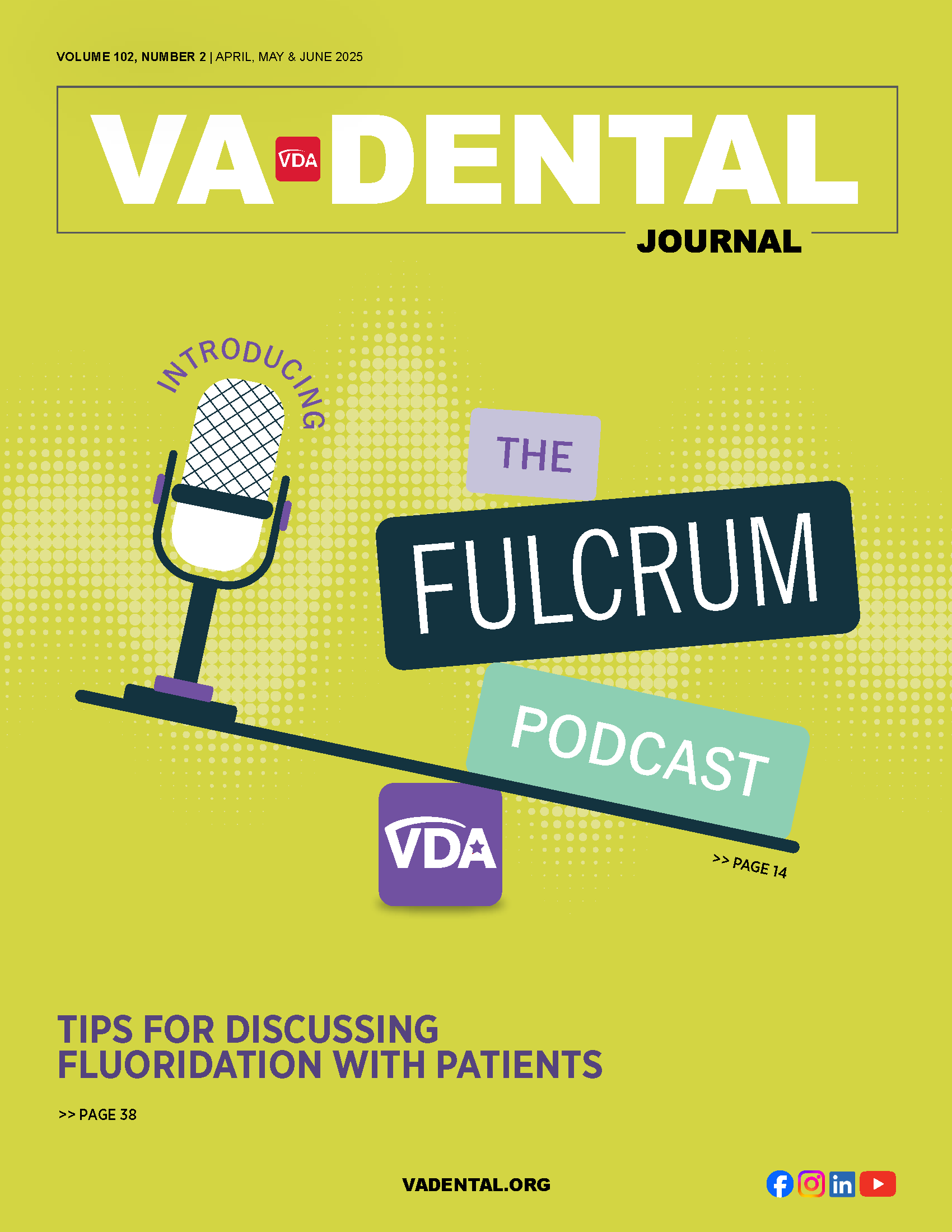Guidance on Parental Presence/Absence During Pediatric Dental Treatment
Dental practitioners often have different philosophies to the presence or absence of parents during pediatric dental treatment. The COVID-19 pandemic has made the need to clearly and compassionately communicate your office’s policy with parents ahead of their visit even more important. Below, are two resources to help guide you.
The ADA’s Patient Return Resource Center includes sample language to consider in your communications with parents prior to their visit as well as conversation talking points to help anxious patients.
“You may be asked to limit the number of people you bring to the appointment. That could mean leaving your children at home under proper supervision or allowing your older children to go into the office alone while you wait outside during the appointment.”
As far as your office’s policy, the American Academy of Pediatric Dentistry offers guidance, included below.
Behavior guidance for the pediatric dental patient. The Reference Manual of Pediatric Dentistry. Chicago, Ill.: American Academy of Pediatric Dentistry; 2020:292-310.
Parental presence/absence
Description: The presence or absence of the parent sometimes can be used to gain cooperation for treatment. A wide diversity exists in practitioner philosophy and parents’ attitude regarding parental presence/absence during pediatric dental treatment. As establishment of a dental home by 12 months of age continues to grow in acceptance, parents will expect to be with their infants and young children during examinations as well as during treatment. Parental involvement, especially in their children’s health care, has changed dramatically in recent years. Parents’ desire to be present during their child’s treatment does not mean they intellectually distrust the dentist; it might mean they are uncomfortable if they visually cannot verify their child’s safety. It is important to understand the changing emotional needs of parents because of the growth of a latent but natural sense to be protective of their children. Practitioners should become accustomed to this added involvement of parents and welcome the questions and concerns for their children. Practitioners must consider parents’ desires and wishes and be open to a paradigm shift in their own thinking.
Objectives: The objectives of parental presence/absence for parents are to: — participate in examinations and treatment; — offer physical and psychological support; and — observe the reality of their child’s treatment. The objectives of parental presence/absence for practitioners to: — gain the patient’s attention and improve compliance; — avert negative or avoidance behaviors; — establish appropriate dentist-child roles; — enhance effective communication among the dentist, child, and parent; — minimize anxiety and achieve a positive dental experience; and — facilitate rapid informed consent for changes in treatment or behavior guidance.
Indications: Use with any patient.
Contraindications: Parents who are unwilling or unable to extend effective support.







